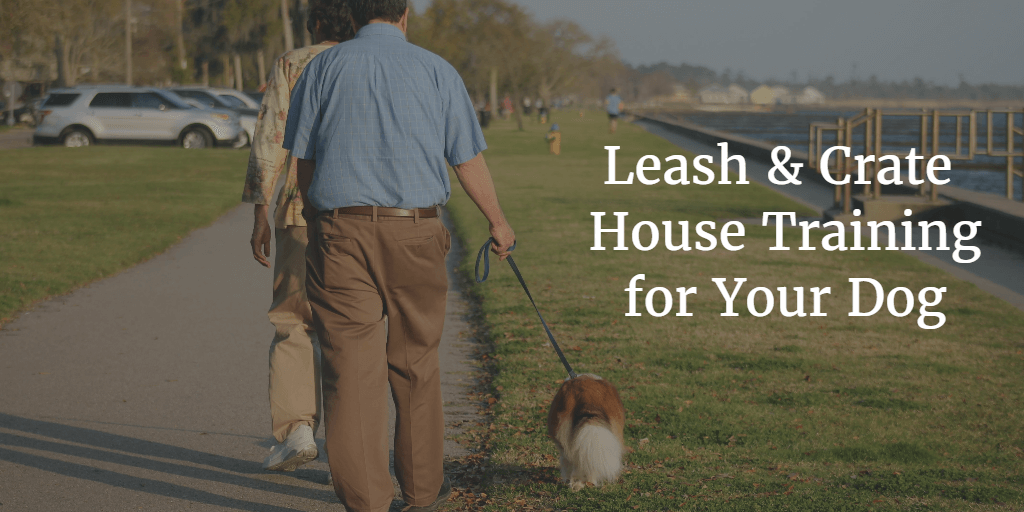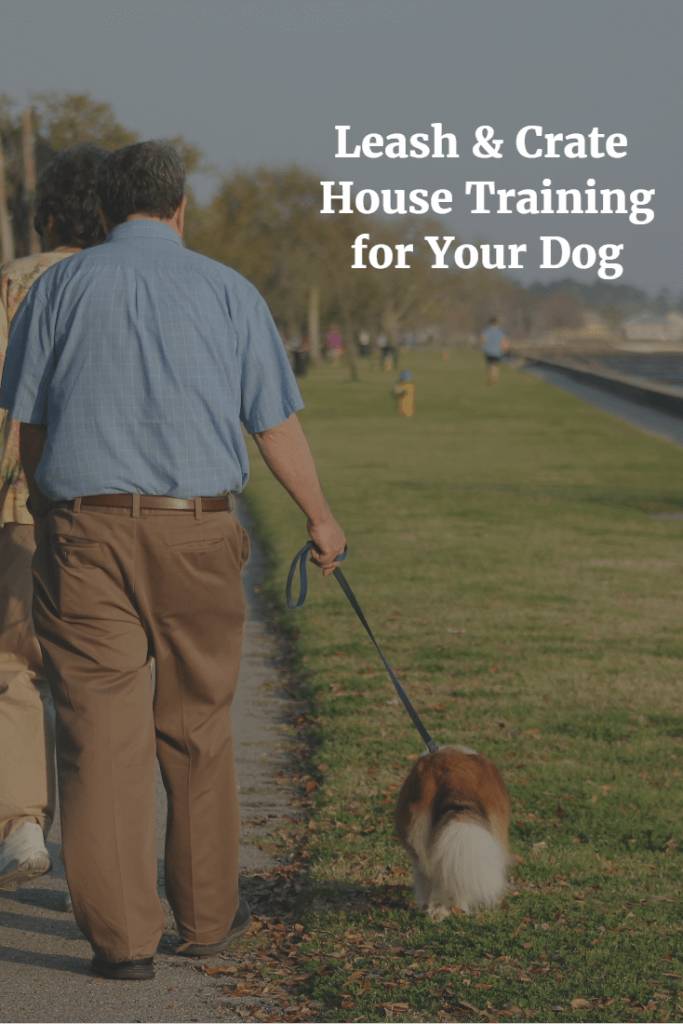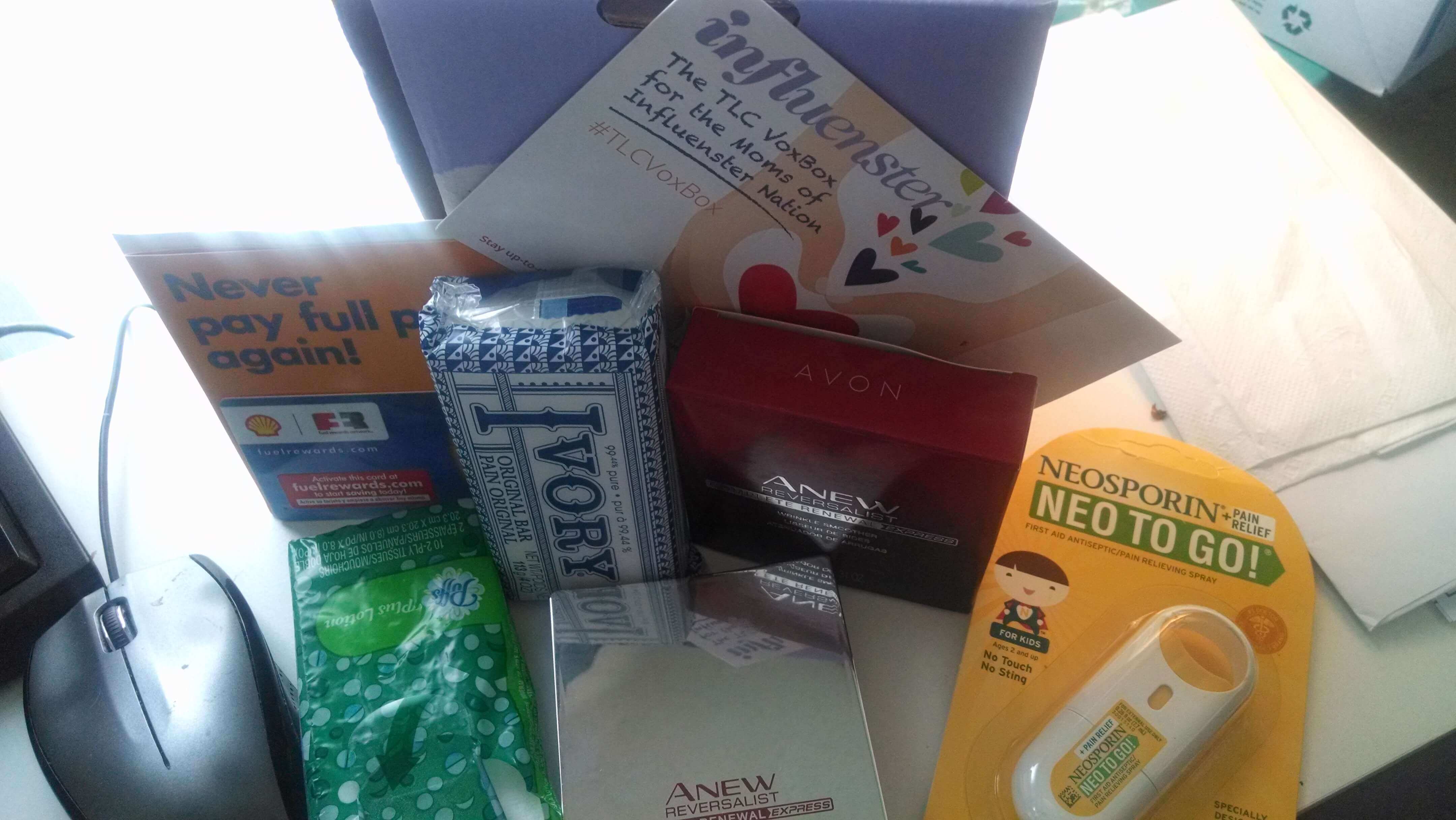
Leash & Crate House Training for Your Dog
This is How Leash & Crate House Training for Your Dog Can Make Your Life Easier
Most dogs lack the opportunity to roam a large backyard at will. They’re more likely to spend the day indoors while their family members are away at work and school. This can make sticking to a potty training schedule more difficult.
A combination of crate and leash training works for some dogs. If the adult dog is new to your family or returning home after time in a kennel while you were away, you may have to reinforce his potty training.
One option is to return him to the crate during the day and possibly use a leash that’s not overly restrictive when you’re present so that he stays in one area of the home. Keeping the dog contained 100% of the time isn’t the total answer – it’s merely part of the process.
Start Here
Start as you would with a puppy and set up regular potty breaks. Make sure that you time the elimination breaks with enough time after feeding so the dog can do something meaningful on the trip outside.
Spend the weekend closely observing him on the leash whenever he’s out of the crate so that you begin to recognize the signs that he needs to potty. He may shake, sniff around, act agitated or start to squat. Those are your signals to stop what you’re doing and immediately take him to potty.
Remember to praise him lavishly when he does his business during the potty break. That’s the positive reinforcement needed to show your dog where he’s supposed to do his business.
Good Dog, Good Human
If, during your absence, your dog stayed in a kennel where he eliminated, ate and slept in the same area, then he may have lost his earlier training. He’s also probably very depressed and dejected.
Dogs don’t like to mix potty with living space anymore than you want to eliminate on the floor in your kitchen. So he needs to start again and build up confidence in his potty skills and in the willingness of the adult on duty to take him out when he needs to go.
An older dog probably has better bladder control than a puppy, so he can usually go longer periods between potty breaks. However, your dog may have a urinary tract infection, diarrhea or other medical problem that’s the real cause of his accidents.
If you see a noticeable change in your dog’s potty behaviors and there are no other apparent reasons for it, then you want get him checked at the vet. The potty problems may be a symptom of a greater problem.
During the time he’s being treated for the medical condition, go easy on the potty training. Your dog needs to feel well and be reasonably able to manage his urine and elimination so that he can cooperate with your training. Keep him on a leash when he’s not in the crate and carefully care for him by helping notice signs that he needs to potty while he recovers.


